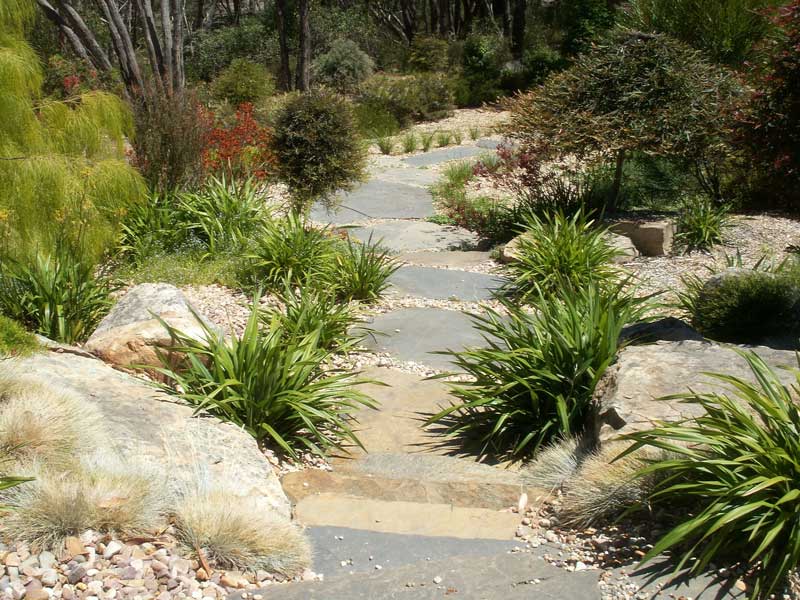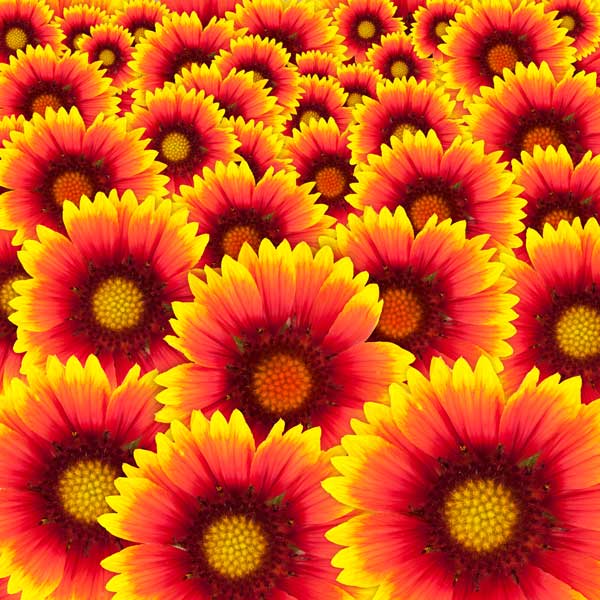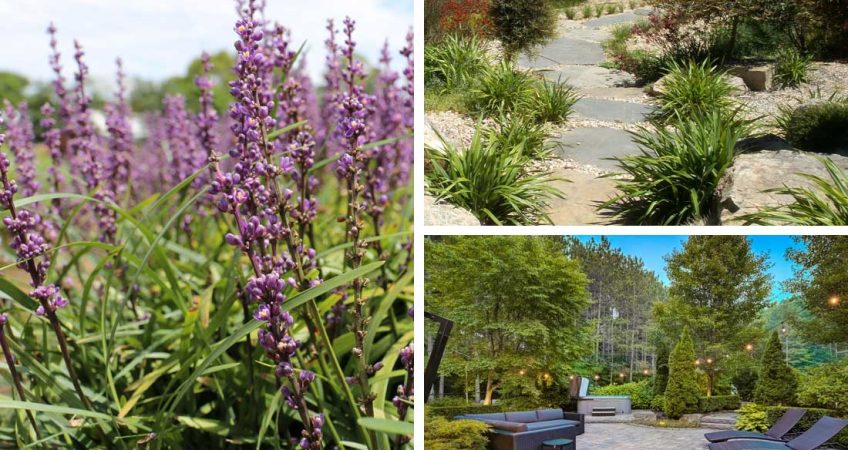Creating a thriving garden in New Zealand requires thoughtful planning and an understanding of the unique environmental conditions. Whether you’re a home gardener or a professional landscape designer, selecting the right plants is key for achieving a beautiful and sustainable garden. Here’s a quick guide to help you choose plants that will flourish in your garden.

Amethyst™ Liriope muscari. https://ozbreed.co.nz/plant-ranges/strappy-leaf-plants/amethyst-liriope-muscari/
Assess Your Garden’s Conditions
Climate and Microclimate
Understanding your local climate is the first step. In New Zealand, climates can vary from one region to another. Consider seasonal temperature ranges, humidity levels, and any specific microclimates within your garden. Areas near sunbaked rocks and concrete may be warmer, while shaded spots could be cooler and more humid.
Irrigation and Drainage
Proper irrigation and drainage make a huge difference to plant health. Ensure your garden has enough water supply but also good drainage to prevent waterlogging. Raised beds, drainage systems and well-drained soil can mitigate potential problems caused by excessive moisture.
Slope and Aspect
Evaluate the slope and aspect of your garden. North-facing slopes typically receive more sunlight, ideal for sun-loving plants, while south-facing areas may provide the shade needed for other species. The slope can affect drainage, with water running off more quickly on steeper inclines. It can also be a factor in soil erosion, so consider incorporating dense strappy-foliaged plants which are generally good at controlling this destructive process in your garden.
Reflective Heat
Consider the reflective heat from nearby structures or pavements. Materials such as concrete, metal and bricks in full sun can create hot spots that may stress some plants while benefiting others.

Tasred™ Dianella tasmanica ‘TR20’ PVR. https://ozbreed.co.nz/plant-ranges/strappy-leaf-plants/tasred-dianella/
Maintenance Budget
Be realistic about your maintenance budget, both in terms of time and financial resources. Choose plants that fit within your budget constraints to ensure a manageable and enjoyable gardening experience. Slow-growing plants may take longer to mature, but they don’t need pruning as often as fast-growing plants. Quality cultivars that have been bred well will live longer than cheaper plants which may need replacing in a few short years.
Wind and Coastal Salt Spray
In coastal areas, select salt-tolerant plants to withstand the harsh conditions. Windbreaks can protect more delicate species from strong winds.
Soil Volume and Spacing
Ensure there is adequate soil volume for root growth and sufficient spacing between plants to avoid overcrowding. Overcrowded plants compete for water, nutrients and light, which can hinder their growth.
Plan Your Garden Layout
When designing your garden, focus on these key principles to create a cohesive and visually appealing space:
Unity
Create a sense of unity by repeating certain plants or themes throughout your garden. This helps tie different areas together and gives the garden a harmonious look.

This garden is very lush and green, with the emphasis on foliage instead of colourful flowers. https://www.shutterstock.com/image-photo/experience-opulent-living-this-captivating-aerial-2445233155
Balance
Achieve balance by distributing plants evenly and symmetrically. This doesn’t mean everything needs to be mirror images, but a balanced composition is pleasing to the eye.
Proportion and Scale
Ensure plants are proportionate to the size of your garden and other plants. Large trees might overwhelm a small space, while tiny plants could get lost in a vast landscape. A good mix of different sizes can help fill in spaces that would otherwise look bare. Having smaller plants to the front of a bed, and larger plants to the back, can prevent smaller plants being blocked from both line of sight and sunlight.
Focalisation
Use focal points such as striking plants or garden features to draw the eye and create interest. A well-placed sculpture, fountain, or unique plant can serve as a central attraction.
Simplicity
Avoid clutter by limiting the number of different plant species. A simpler palette can often be more striking and easier to manage. Just like all of the principles here, take the advice with a grain of salt. You may wish to reject simplicity and embrace a wild chaos which can work as well.
Transition
Create smooth transitions between different parts of your garden. Gradual changes in plant height, colour, and texture can guide visitors through the space seamlessly.
Functionality
Design your garden to be functional as well as beautiful. Paths, sitting areas, and plant placement should all contribute to the garden’s usability.
Texture
Incorporate a variety of textures for visual interest. Mix large-leafed plants with fine-textured grasses to create contrast. Bark textures, leaves, fruits, flowers and other plant parts can all have interesting textures you can play with.
Basic Colour Theory
Understanding basic colour theory can help you create a vibrant and harmonious garden. Colours opposite on the colour wheel (orange and blue, green and red, purple and yellow) stand out when contrasted against each other. Cool colour combinations (blue, green and soft purples) contribute to a calming atmosphere, while warm colours (yellow, orange, red) inspire the passions.

Does this colour combo seem cool and calm, or hot and passionate? https://www.shutterstock.com/image-photo/beautiful-bright-colors-your-design-81979876
Choose Plants Suited to Your Environment
Right Plant, Right Place
Select plants that naturally suit your garden’s conditions. Research appropriate plants and those known to thrive in your specific climate and soil type. Remember that quality cultivars may not be the cheapest option in the nursery, but a well-bred plant has the ability to thrive in real-world urban conditions.
Some native plants grown from seed can be remarkably ill-suited for urban landscapes because they were never supposed to live forever. Especially when you take into account how much the conditions have changed due to urbanisation. It’s still worthwhile to grow them, though, because they have cultural significance and we love them. A good rule is to have 80% of your plant palette as dependable cultivars and 20% reserved for plants that are harder to grow, shorter-lived and all-round harder to maintain.
Diversity
Include a mix of different varieties, species, genera, families and orders with different shapes and habits to create a diverse and dynamic garden. Dense planting with a variety of different types of foods and habitat for diverse fauna.
Aim for several different flower, fruit and seed resources for each season throughout the year. Focus especially on providing resources in late winter through to late summer, when insects are generally most active. If they don’t have flowers ready to go as they try to build numbers in early spring, their numbers can suffer for the whole year.
Diverse, dense planting can attract beneficial insects and biological pest controllers, reducing the temptation to use pesticides.
Quality Cultivars
Opt for resilient cultivars that are known for their longevity. Investing in high-quality plants can lead to a more successful and sustainable garden.
Experimentation
Dedicate 20% of your plant palette to experimenting with plants that are challenging or not typically suited to your conditions, including endemics and cross-breeds. This experimentation can lead to unexpected and rewarding results.
Maintenance Level
Time Commitment
Assess how much time you can realistically dedicate to garden maintenance. Choose low-maintenance plants if you prefer a hassle-free garden.
Resource Commitment
Consider the resources (water, fertiliser, etc.) required for your chosen plants. Ensure you can meet their needs consistently.
Maintenance Budget
Factor in costs for labour, tools, materials and consumables. A well-planned budget helps avoid unexpected expenses.
Resources and Tools
• Best Plants Website: Use Best Plants to help select plants tailored to your specific conditions. (Note that not all plants are available in NZ)
• Local Advice: Seek advice from local nurseries or gardening centres.
• Expert Contact: Reach out to Daniel Fuller at horticulture@ozbreed.com.au for professional guidance.
Conclusion
I hope this quick run-down can help you choose the best plants for your NZ garden. Every heading and subheading in this article are deep enough to warrant whole books to be written about them.
Gardening and horticulture are a never-ending journey, so don’t be too disappointed if you kill a few plants along the way. The difference between a good horticulturist and a bad one, is that a good horticulturist figures out why their plant died, and then avoids making the same mistake again. In fact, some lessons need to be learnt more than once, such as patience in my case.

